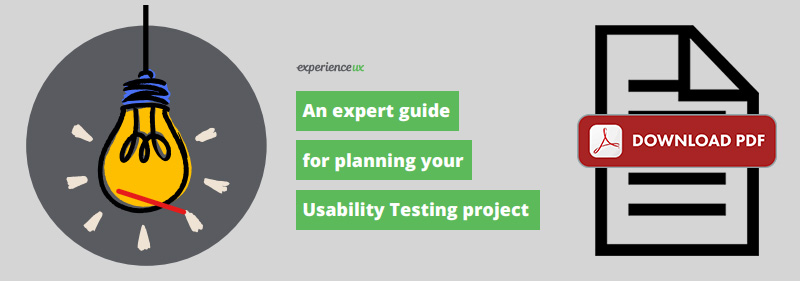UCD holds users at the centre of all decisions
User-centered design is an approach to designing which holds the user at the centre of all design decisions throughout the project lifecycle. It has been argued that user-centered design is more of a philosophy than a set of tools. Whilst this is true to some extent, there are a number of tools that make up the ‘toolkit’, which many refer to as user-centred design. These include: user profiling, user journey mapping and usability testing.
The aim of the user-centered design process is to ensure that the design of a product or service remains focused upon who will use it, in what context, and with what aim. Historically it was an approach used to combat design methods that were typically led by technology, where companies would find ways to use technology to solve a problem and then focus on features and functionality to create a product. Users were an afterthought, so when the product launched its users were expected, and needed, to adapt to the technology. The philosophy behind user-centered design proposes that the service should instead adapt to the user.
A user-centered design approach is typically used when a project’s success is dependent upon increased usage and improving conversion rates. Many high-profile websites use the approach to ensure design and development teams remain focused on the key users they must design for. Throughout the project, user-centered design tools, such as usability testing, are employed to ensure the project is delivering value to the end-users. When the service launches the project team and stakeholders are confident of its success as they have been in regular contact with users, and have refined their thinking to ensure users will benefit from the product.
Advantages
There are many advantages to adopting a user-centered design approach: the project team unites behind a common goal (by really understanding why they are designing); the risk of project failure is mitigated as concepts and ideas are validated with users throughout the project; the project team narrows its focus onto a smaller number of key features that are specific to the user needs.
Disadvantages
As mentioned earlier, user-centred design can be seen as a philosophy as well as a set of tools, and can be difficult to integrate into an existing process. Therefore, gaining buy-in from management to adopt a user-centred process can be a challenge. In order to work properly, the user-centered process requires buy-in and involvement from the entire project team, and requires a change agent to get it started. In our experience, once the ball is rolling, the project team is always appreciative of the new process.
Conclusion
In summary, a user-centered design process is an essential tool for projects reliant upon user adoption for success. When a project team is united in serving the needs of their users, they often find that they develop a far better solution as they are focused on a clear direction throughout the project life-cycle. The challenge with the approach is to get the whole project team to buy into the new process together.
You may also like



